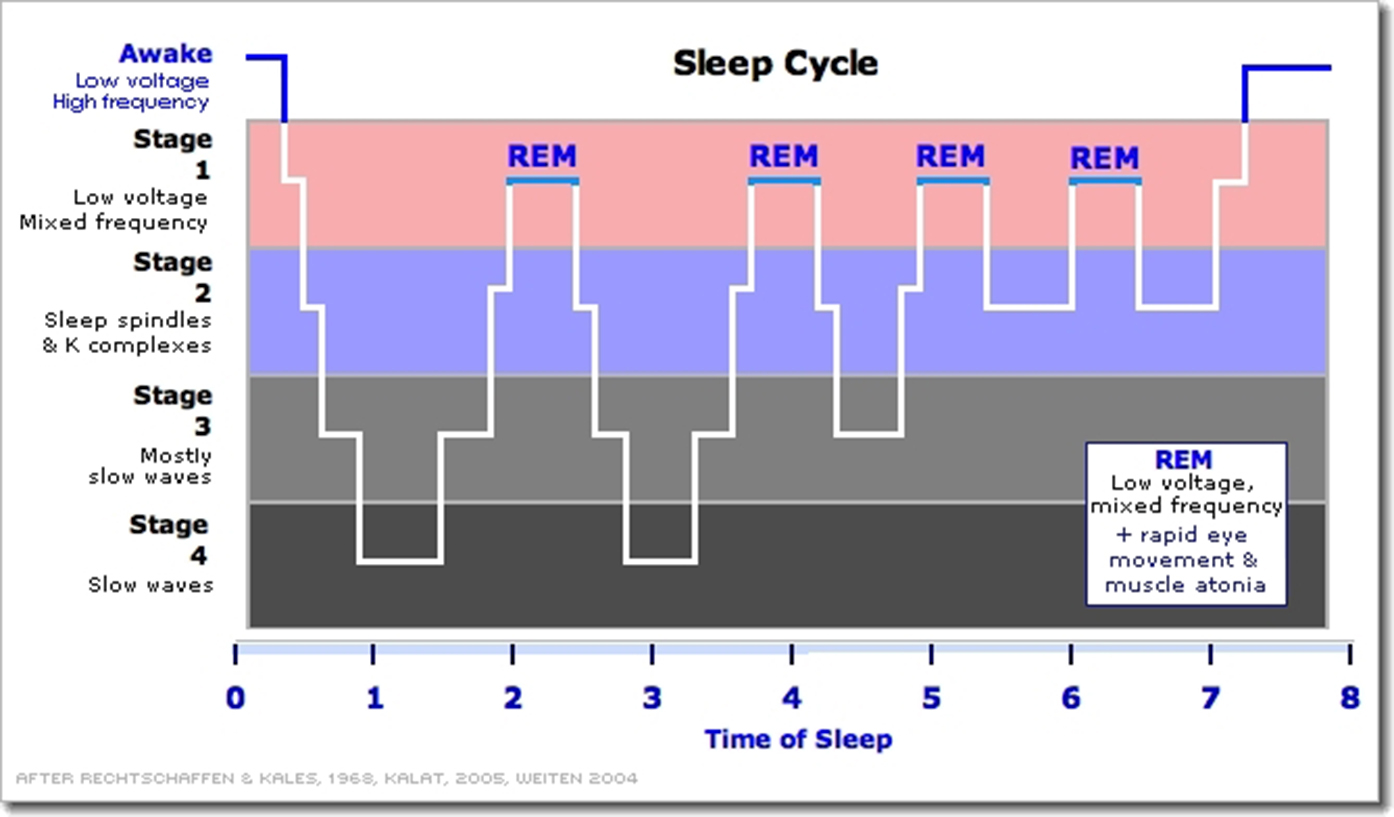

The good news is that with a little tweaking to your lifestyle and sleep habits, you can get more REM sleep and start waking to feel more energetic, focused, and well-rested. Narcolepsy patients may fall asleep suddenly, immediately entering the REM sleep cycle and severely limiting the duration of deep sleep they experience. People with this rare sleep disorder often act out physically and sometimes violently during their dreams, injuring themselves and others. In contrast, REM sleep behavior disorder prevents some people from experiencing the normal muscle paralysis that healthy sleepers experience. Sleep apnea, a serious sleep disorder marked by periods of stopped breathing, can cause interruptions in sleep, therefore reducing the amount of time a person spends in the REM sleep stage. Sleep disorders can also shorten the length of your REM sleep including insomnia. Certain antidepressant medications can potentially suppress your REM sleep, although the potential side effects are still unknown. Studies suggest that individuals with depression and certain anxiety disorders experience their first stage of REM sleep earlier than most people (before 90 minutes) and it lasts longer (more than 10 minutes). Several factors can affect both the quality and duration of your REM sleep stage. Similar to the REM sleep stage, each NREM cycle increases in length as the night progresses, with later stages lasting as long as 120 minutes. Your first NREM sleep cycle usually lasts between 70 and 100 minutes. NREM sleep accounts for between 75% and 80% of your total time spent sleeping. This is all in stark contrast to NREM (or non-rapid-eye movement sleep) where your breathing, heart rate, eye movements, and brain activity slow down. Although your breathing and heart rate increase during this time, your physical body and muscles enter a state of partial paralysis, preventing you from acting out while dreaming. This is one reason why many people experience vivid dreams during the REM sleep cycle. Your brain wave activity also increases, more closely resembling a state of wakefulness. During this time, your eyes move rapidly back and forth beneath your closed eyelids. This first stage lasts for approximately 10 minutes, with each stage lasting progressively longer. REM sleep usually occurs about 90 minutes after you first fall asleep.

As you can see, this sleep stage promotes healthy cognitive development and facilitates learning. To put this in perspective, infants spend almost 8 hours every day in REM sleep as their bodies work to grow and develop. On average, adults should spend between 90 and 120 minutes total in the REM sleep stage each night.


 0 kommentar(er)
0 kommentar(er)
